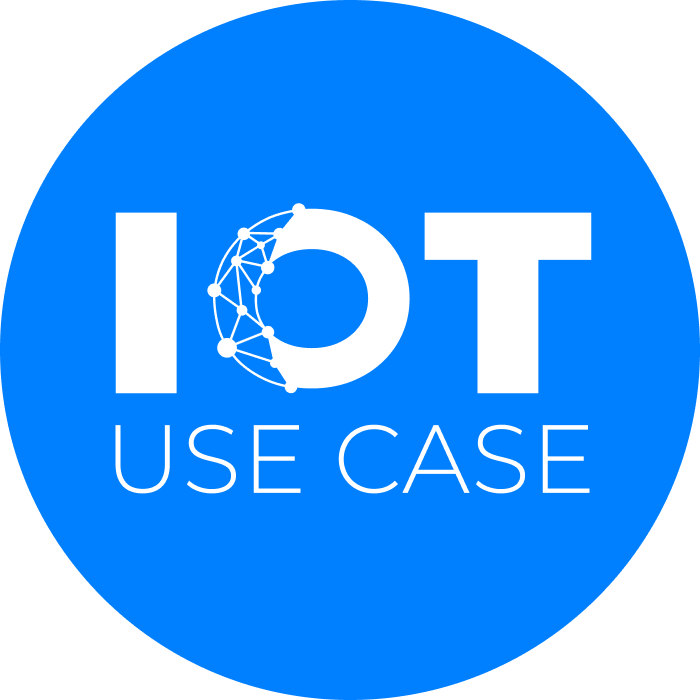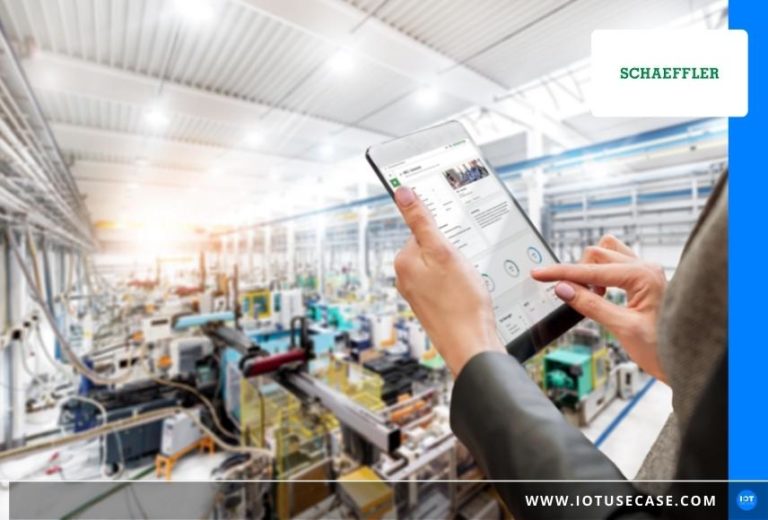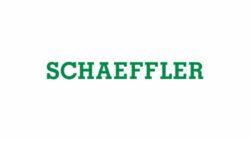Previous solutions for Industrial IoT are often only related to single use cases and lead to a large variety on the shop floor. The result: The solutions are not very efficient, too much unnecessary hardware is installed, and there is a lack of a common view of machine and process data.
The challenge: How do I connect 20,000 proprietary machines from the brownfield?
Brownfield challenge: With 75 plants and several thousand machines, Schaeffler has an enormous variety of interfaces, machines, and manufacturing processes. Comprehensive digitalization is confronted with obstacles here: Modern standards such as OPC UA are only available for new plants. However, older systems from different manufacturers must also be included in the digitalization process. In addition, individual machines are connected to multiple connectivity solutions. They each use their own hardware and software, but query similar data.
This diversity is not future-proof. Data acquisition must be fast and efficient and also take future use cases into account. The main aim of networking is to make data from the lowest level on the shop floor available across the board. This involves determining the overall equipment effectiveness (OEE), the current condition of the machines and sustainability in energy consumption.
Different business units, for example maintenance, sustainability management or data analysts need different data and have a different view on it. The solutions that have been in widespread use to date result in high installation and maintenance costs, and there is a lack of a uniform data structure with central data management. This lowers efficiency and often leads to underutilization of data – wasting companies’ time and money.
The solution: The Data Acquisition Platform enables the standardized acquisition and transfer of data
For standardized data acquisition, Schaeffler has developed a Data Acquisition Platform that can be used to collect the required data for different user groups in the company. Connectivity for different machines, controllers, sensors and other devices on the shop floor is generated by autinityDAP (autinity Data Acquisition Platform) from Schaeffler Digital Solutions. The solution consists of an intelligent client-server/cloud architecture. As a result, it meets all the specifications for IT security for critical business data and data protection.
The modular solution concept consists of three elements:
- DAP Home runs on common industrial PCs and intelligently collects data. With more than 50 connectors, all controllers can be connected. OPC UA, common control systems (e.g. from Siemens, Fanuc, Beckhoff, etc.), Enterprise Service Bus, NATS.IO, MQTT and many more are supported. This also allows older machines to be retrofitted.
- Devices and services are managed on the DAP server. This takes care of data retrieval, security patches and the central updates of the solution. The open, container-based architecture means that other apps (autinity software, third-party solutions and in-house developments) can also run on the Edge.
- Central data management ensures that even companies with plants distributed around the world can use a uniform data architecture. All data is determined and made available in a uniform manner. Different languages for naming data variables and use cases with this data are also taken into account.
The result: ROI for the connectivity of all machines after less than one year
The new Data Acquisition Platform allows all departments and teams to collect the data they need in a structured and efficient way – without creating silos. This creates a unified view of all data throughout the enterprise.
The solution is already profitable after less than one year. The less hardware required to network the machines, the more costs are saved – hardware costs as such, but also maintenance costs and training costs for individual employees.
In conjunction with other solutions from Schaeffler Digital Solutions, the application scenarios condition monitoring, predictive maintenance, order tracking, machine utilization control and bottleneck management can be implemented on a machine. This reduces downtime, which ultimately leads to greater efficiency and further cost reductions.
The infrastructure enables new use cases and harnesses all the potential of the identified data. This also applies to the CO2 footprint, for example: the data is available and can be used very easily for a sustainability strategy.
Another advantage of the open and future-oriented solution: It allows the uncomplicated extension by further application possibilities without programming knowledge.





